Raising Hummingbird Moth
molanic
12 years ago
Related Stories
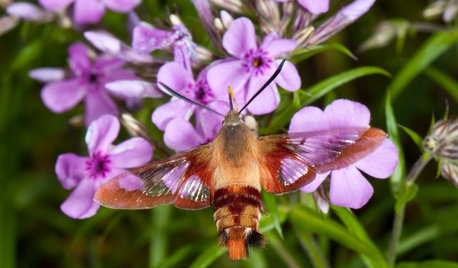
GARDENING GUIDESHummingbird or Moth? See Why You Want Clearwings Around
These fascinating moths may be helpful pollinators for your garden. Here’s how to coax them your way
Full Story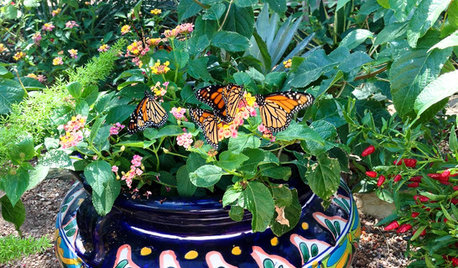
EARTH DAYCreate a Container Wildlife Habitat for Hummingbirds and Butterflies
Don’t let limited space prevent you from welcoming wildlife into your garden
Full Story
GARDENING GUIDESAttract Hummingbirds and Bees With These Beautiful Summer Flowers
Roll out a welcome mat for pollinators to keep your landscape in balance and thriving
Full Story
GARDENING GUIDESThese Hummingbird-Attracting Native Plants May Surprise You
These flowers, vines and shrubs offer shelter and food supplies that keep hummingbirds around longer
Full Story
GARDENING GUIDESBackyard Birds: Invite Entertaining Hummingbirds Into Your Garden
Hummingbirds — unique to the Americas — zip through open landscapes seasonally or year-round. Here’s how to attract them
Full Story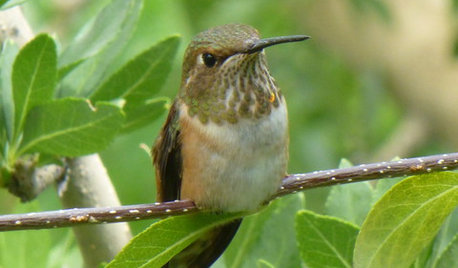
GARDENING GUIDES8 Flowers That Hummingbirds Adore
To draw those mesmerizing little birds to your garden or doorstep, plant these flowers that are attractive in more ways than one
Full Story
GARDENING GUIDESCentral Plains Gardener's June Checklist
The flowers are coming! The flowers are coming! And so are the butterflies, hummingbird moths and coneflower diseases
Full Story0
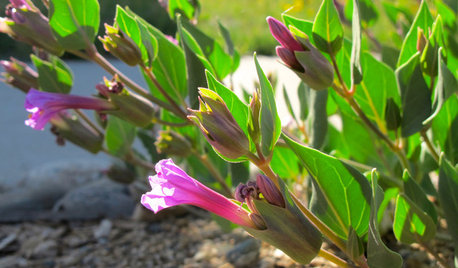
FLOWERS AND PLANTSMirabilis Multiflora Brings a Burst of Magenta to Dry Gardens
Plant this high desert native for its copious blooms, mounding habit and appeal to hummingbirds
Full Story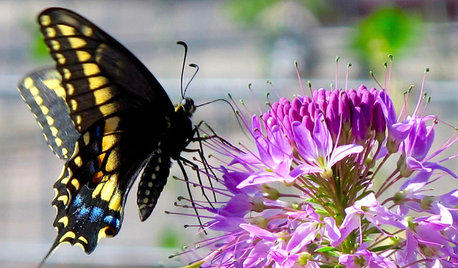
FLOWERS AND PLANTSPlant Rocky Mountain Beeplant for Late-Summer Color and Pollinator Buzz
Add pizazz to your garden with this native annual. Its vivid pink flower spikes are magnets for butterflies, bees and hummingbirds
Full Story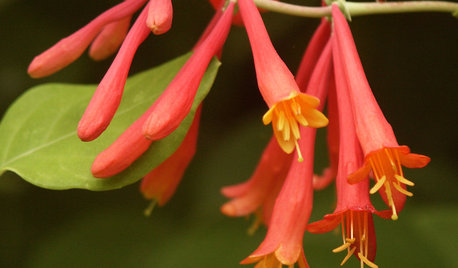
GARDENING GUIDESGreat Design Plant: Lonicera Sempervirens
Grow this long-blooming, flashy flowering vine to cover a fence or arbor and attract hordes of hummingbirds all season long
Full StorySponsored
Your Custom Bath Designers & Remodelers in Columbus I 10X Best Houzz
More Discussions







Mary Leek
MissSherry
Related Professionals
Simpsonville Landscape Architects & Landscape Designers · Allentown Landscape Contractors · Fountain Valley Landscape Contractors · Hurricane Landscape Contractors · Leicester Landscape Contractors · Manhattan Landscape Contractors · Santa Ana Landscape Contractors · Vineyard Landscape Contractors · Gardena Fence Contractors · Irvine Fence Contractors · Saginaw Fence Contractors · Sun City Fence Contractors · Baltimore Window Contractors · Savannah Window Contractors · Holly Hill Window Contractorstomatoworm59
jibd
susanlynne48
molanicOriginal Author
susanlynne48
tomatoworm59
molanicOriginal Author
tomatoworm59
molanicOriginal Author
tracey_nj6
tomatoworm59
terrene
tomatoworm59
klflorida
roper2008
PKponder TX Z7B
tomatoworm59
molanicOriginal Author
MissSherry
dorsch
molanicOriginal Author
susanlynne48
HU-558967844
squarepegman